For the discerning traveler who seeks more than just scenic photographs and souvenir shopping, China offers a unique opportunity to walk in the footsteps of literary giants. The concept of literary tourism has gained remarkable traction among culturally curious globetrotters, and nowhere does this pursuit feel more richly rewarding than in the Middle Kingdom. From the mist-shrouded mountains that inspired ancient poets to the bustling urban landscapes immortalized in modern novels, China’s vast territory serves as both muse and setting for some of the world’s most enduring stories.
Imagine standing on the same riverbank where Qu Yuan composed his melancholic verses, or wandering through the bamboo forests that concealed the martial arts heroes of Jin Yong’s wuxia epics. This is travel transformed into time travel, where every cobblestone and courtyard whispers tales of dynasties past and revolutionary futures. The literary pilgrim doesn’t merely visit locations but engages in active dialogue with history, culture, and the very soul of a nation that has always valued the written word.
Our journey begins in the ancient capital of Beijing, where the ghosts of imperial China mingle with the spirits of modern literary revolutionaries. The Forbidden City stands not just as an architectural marvel but as the setting for countless historical novels and memoirs. Nearby, the hutongs—those narrow alleys that web through the city—carry the echoes of Lao She’s poignant narratives about ordinary Beijingers during turbulent times. His masterpiece Rickshaw Boy immortalized these neighborhoods, and today visitors can still take rickshaw tours through these very lanes, discovering tucked-away tea houses and courtyard homes that time seems to have forgotten.
No literary tour of Beijing would be complete without visiting the former residence of Lu Xun, often called the father of modern Chinese literature. His home in the traditional siheyuan style has been preserved as a museum, where visitors can see the desk where he wrote his seminal works that critiqued traditional Chinese society. Just a short distance away, the prestigious Peking University campus breathes with academic and literary history, having educated countless writers including Mao Dun and Hu Shih.
Traveling south, we arrive in Shanghai, the glittering metropolis that has inspired generations of writers with its unique blend of Eastern tradition and Western modernity. The city’s literary landscape is as diverse as its skyline, ranging from Eileen Chang’s haunting tales of 1930s decadence to contemporary authors capturing the city’s frantic pace of change. The Bund waterfront emerges not just as a tourist attraction but as the backdrop for countless novels about romance, intrigue, and foreign adventurers.
In the former French Concession, plane-tree shaded streets lead to cafes that once hosted literary salons where progressive writers gathered. Here, visitors can trace the footsteps of celebrated authors while discovering independent bookstores that specialize in Chinese literature. The Shanghai Writers' Association occasionally opens its doors to serious literary travelers, offering glimpses into the working spaces where today’s authors craft the stories that will define contemporary China for future generations.
The water towns of Jiangnan region present an entirely different literary experience, one steeped in classical poetry and timeless elegance. Suzhou, with its exquisite classical gardens and canal networks, inspired countless poets from the Tang and Song dynasties. The Humble Administrator's Garden appears not just in travel guides but in classical verse describing its seasonal transformations. Nearby, the ancient town of Tongli seems lifted from the pages of a classical novel, with its stone bridges and waterside pavilions that have changed little in centuries.
Further south, Hangzhou’s West Lake deserves particular attention from literary pilgrims. This UNESCO World Heritage site has been celebrated in poetry for over a thousand years, with Su Dongpo’s odes remaining among the most beloved verses in Chinese literature. Visitors can take boat rides to the islands mentioned in classical poems or stroll along the Su Causeway named after the poet himself. The Lingyin Temple nearby contains stone carvings and literary references that have attracted scholar-officials and poets for centuries.
No literary journey through China would be complete without venturing into the heartland that inspired China’s greatest epic—Journey to the West. While the mythological journey spans vast territory, many key locations can be visited in reality. The city of Xi’an marks the historical starting point of the actual journey undertaken by monk Xuanzang, whose travels inspired the novel. The Big Wild Goose Pagoda was built specifically to house the Buddhist scriptures he brought back from India.
Further west, the stunning landscape of Zhangjiajie National Forest Park in Hunan province deserves special mention. Its towering quartzite sandstone pillars and misty valleys are said to have inspired the floating mountains in Avatar, but literary travelers will recognize them as the kind of mystical landscape that appears throughout Chinese mythology and fantasy literature. The area’s natural beauty captures the imagination in much the same way it must have captivated ancient storytellers.
For those drawn to modern Chinese literature, a different set of destinations awaits. The countryside around Gaomi in Shandong province has been immortalized by Nobel laureate Mo Yan in works such as Red Sorghum. Visitors can explore the Northeast Township Literary Museum dedicated to his works and experience the landscape that shaped his magical realist vision. Similarly, the rural villages of Shaanxi province come alive differently for those who have read Chen Zhongshi’s epic novel White Deer Plain, which chronicles decades of turmoil in a Shaanxi village.
The far western province of Xinjiang offers yet another literary dimension, having inspired writers from Wang Meng to contemporary authors fascinated by the Silk Road’s multicultural heritage. The ancient city of Kashgar, with its legendary Sunday market and old town, appears in travel writing and fiction as a place where Central Asian cultures converge. The Taklamakan Desert’s shifting sands have buried ancient cities whose rediscovery created literary sensations in the early 20th century.
Tibet represents the ultimate literary pilgrimage for many, having captured the Western imagination through works like Heinrich Harrar’s Seven Years in Tibet while inspiring Tibetan authors to share their own narratives. The Potala Palace in Lhasa stands not just as an architectural wonder but as a symbol in countless literary works about spiritual quests and cultural encounters. The journey along the Qinghai-Tibet railway itself becomes a literary experience, with landscapes that defy description yet have compelled countless writers to try.
Practical considerations for the literary traveler include timing visits with literary festivals that occur throughout China. The Shanghai International Literary Festival each March brings together Chinese and international authors, while Beijing’s Book Fair offers opportunities to engage with the publishing industry. Many cities also host regular poetry readings and book launches that welcome foreign visitors.
When planning a literary tour, consider hiring guides specializing in cultural tourism who can provide context beyond standard historical facts. Many universities offer summer programs in Chinese literature that include field trips to significant sites. Serious scholars might even arrange access to special collections at institutions like the Modern Literature Museum in Beijing.
Ultimately, following China’s literary trails offers more than just checklist tourism—it provides a profound connection to the stories that have shaped Chinese consciousness for millennia. Whether retracing the steps of ancient poets beside misty lakes or exploring the urban landscapes of contemporary novelists, the literary traveler discovers not just the China of guidebooks but the China of imagination, memory, and enduring narrative power. The stories await—not just on the page, but in the very landscape itself, inviting you to read between the lines of history and experience literature where it was born.

By /Aug 22, 2025

By /Aug 22, 2025

By /Aug 22, 2025

By /Aug 22, 2025

By /Aug 22, 2025

By /Aug 22, 2025

By /Aug 22, 2025

By /Aug 22, 2025
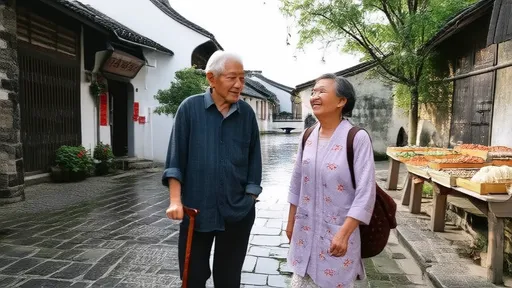
By /Aug 22, 2025
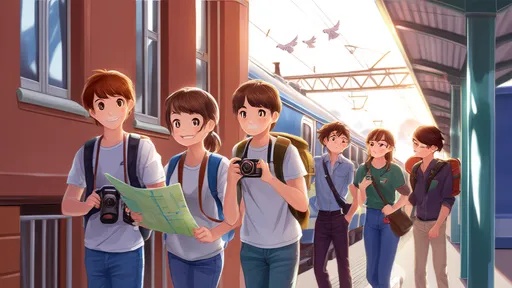
By /Aug 22, 2025

By /Aug 22, 2025
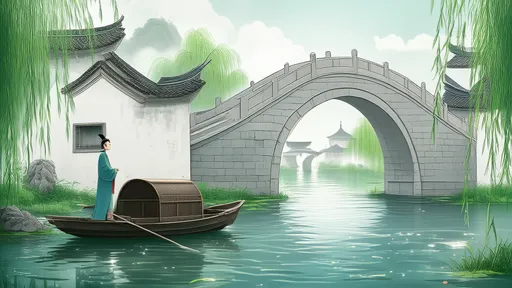
By /Aug 22, 2025

By /Aug 22, 2025
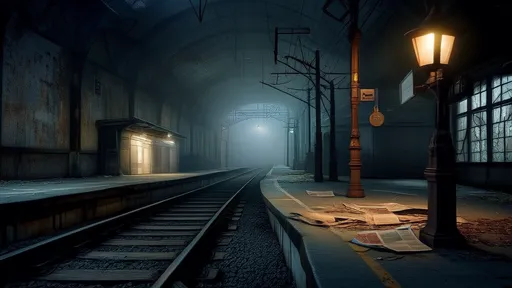
By /Aug 22, 2025

By /Aug 22, 2025

By /Aug 22, 2025
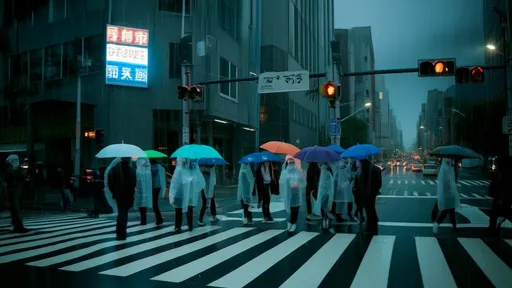
By /Aug 22, 2025

By /Aug 22, 2025

By /Aug 22, 2025

By /Aug 22, 2025